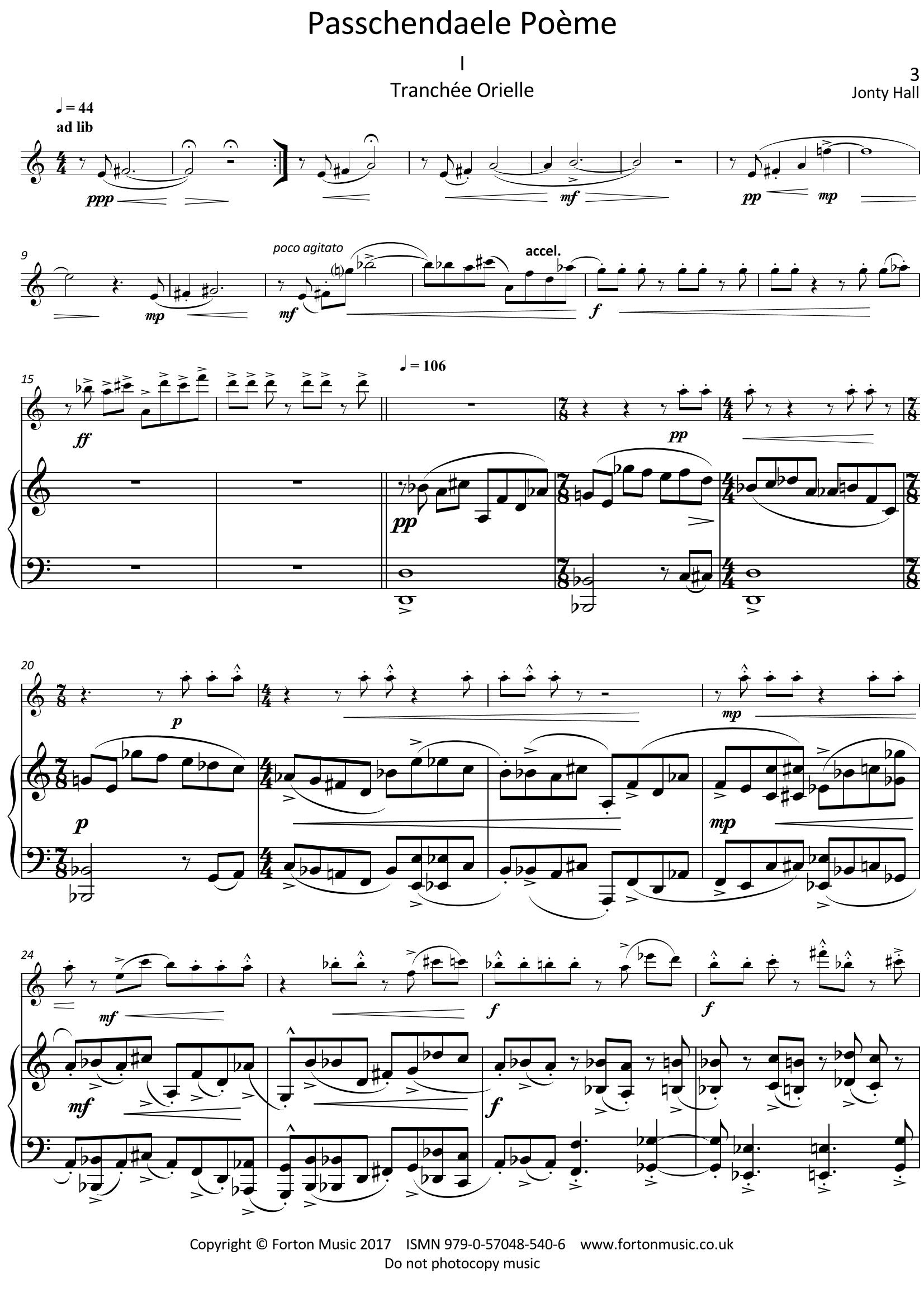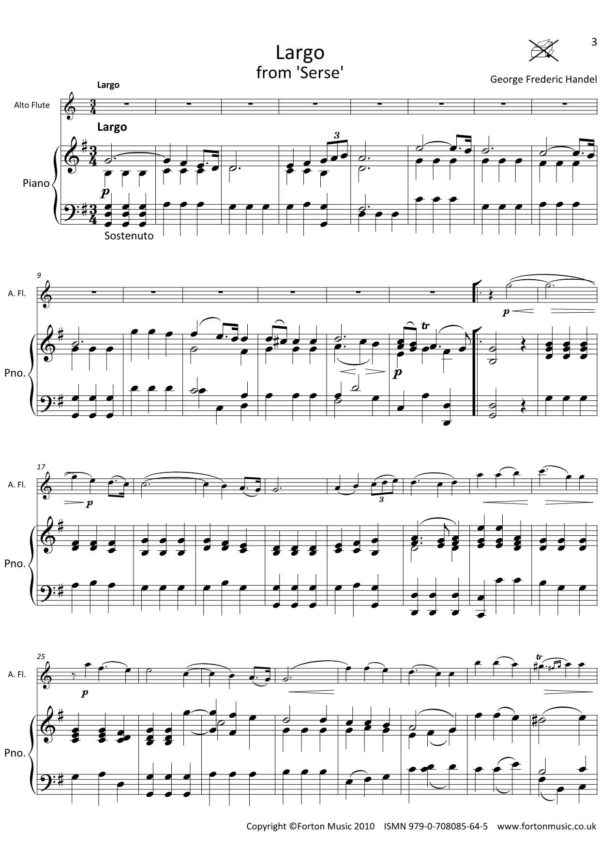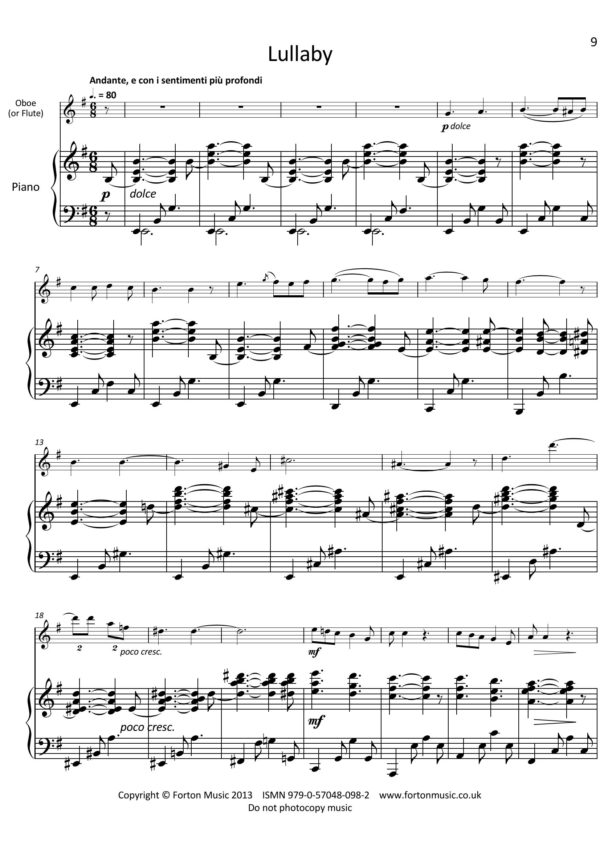Description
I Tranchée Oreille (Trench Ear)
II Domaines de boue, de barbelés et de gaz (Fields of mud, barbed wire and gas)
III Les copains de Tyne Cot (Tyne Cot Pals)
Passchendaele, is a small village five miles north-east of Ypres. The 3rd Battle of Ypres was fought here… On 18 July 1917 the Allied troops began a heavy ten day bombardment before the main attack; 3,000 guns fired over 4 million shells. The battle commenced on the 31st of July, and stretched on until November the 10th, 1917. Heavy rain began on the day of attack, producing thick mud, which caked uniforms and clogged rifles; It became so deep that men, horses and pack mules drowned in it. The Germans, who had used chlorine gas in the 2nd Battle of Ypres, now used mustard gas which inflicted chemical burns. The offensive resulted in gains for the Allies, but it was not the great breakthrough that was hoped for; The Allies suffered 310,000 casualties, the Germans 260,000. Just south west of the village of Passchendaele is the Cemetery and Memorial – Tyne Cot. It is the resting place of 11,954 Commonwealth soldiers and is the largest Commonwealth military cemetery in the world. The Tyne Cot Memorial is a long wall which carries the names of 34,863 British soldiers who have no known grave. Pals battalions became synonymous with the towns of northern Britain; Men enlisted because they could serve alongside their friends, relatives and workmates.









